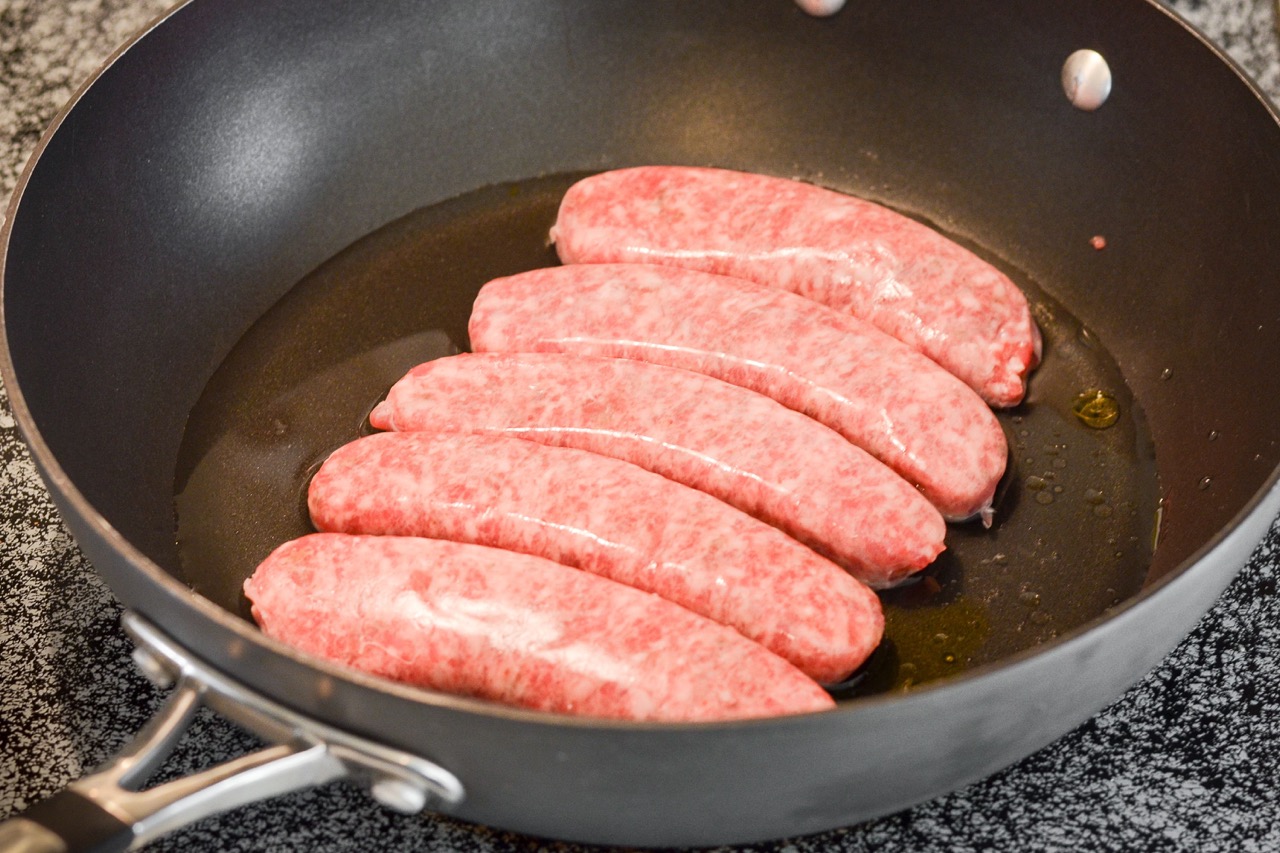

Articles
How To Cook Sausage On Stove Top
Modified: January 5, 2024
Learn how to cook sausage on the stove top with these informative articles. Discover tips, techniques, and recipes to make your next meal delicious and satisfying.
(Many of the links in this article redirect to a specific reviewed product. Your purchase of these products through affiliate links helps to generate commission for Storables.com, at no extra cost. Learn more)
Introduction
Cooking sausage on the stove top is a quick and convenient way to enjoy this savory delicacy. Whether you’re making breakfast, lunch, or dinner, the stove top method allows you to control the cooking process and achieve the perfect level of browning and juiciness.
In this article, we will guide you through the step-by-step process of cooking sausage on the stove top. From choosing the right type of sausage to preparing and cooking it to perfection, you’ll learn all the tips and tricks to create a delicious and satisfying meal.
So, grab your apron and let’s get cooking!
Key Takeaways:
- Choose the right sausage based on type, casing, flavorings, quality, and size. Properly prepare and cook it on the stove top for a delicious and satisfying meal that suits your taste preferences and dietary needs.
- Monitor the cooking process, flip the sausage at the right time, and check for doneness using visual cues, internal temperature, and texture. Serve the perfectly cooked sausage in a variety of delicious ways, from breakfast to dinner, and get creative with different serving ideas.
Read more: How To Bake On The Stove Top
Choosing the Right Sausage
When it comes to cooking sausage on the stove top, choosing the right type of sausage is crucial for a flavorful and enjoyable meal. Here are some factors to consider when selecting your sausage:
- Type of Sausage: There are countless varieties of sausage available, such as pork, chicken, beef, turkey, and even vegetarian options. Consider your personal preferences and dietary restrictions when choosing the type of sausage.
- Casing: Sausages can have natural or synthetic casings. Natural casings, made from animal intestines, add a traditional and authentic touch to the sausage. Synthetic casings are typically made from edible polymers and are more commonly used in commercial sausages. Choose the casing that suits your taste and cooking preferences.
- Flavorings: Sausages come in a wide range of flavors, from mild to spicy and from herb-infused to smoky. Consider the flavorings and seasonings used in the sausage and choose one that complements your desired dish.
- Quality: Opt for high-quality sausage made from fresh ingredients. Look for sausages that are made with minimal additives and preservatives.
- Size and Shape: Sausages come in different sizes and shapes, such as links, patties, or ground. Choose the form that best suits your cooking method and presentation.
Remember, the type of sausage you choose will greatly impact the overall flavor and texture of your dish, so take your time to consider these factors before making your selection.
Preparing the Sausage
Before you start cooking sausage on the stove top, it’s important to properly prepare the sausage to ensure even cooking and to enhance the flavors. Follow these steps to prepare your sausage:
- Defrost: If you’re using frozen sausage, make sure to thaw it completely before cooking. Thawing can be done in the refrigerator overnight or by using the defrost function on your microwave.
- Prick the Sausage: To prevent the sausage from bursting while cooking, lightly prick the surface of the sausage with a fork. This allows steam to escape and helps the sausage cook evenly.
- Seasoning: You can marinate or season the sausage according to your taste preferences. Apply a sprinkle of salt, pepper, or your favorite seasonings to enhance the flavors of the sausage.
- Room Temperature: Remove the sausage from the refrigerator and let it sit at room temperature for about 15 minutes. This helps the sausage cook more evenly and reduces the risk of it becoming dry.
- Pat Dry: Use a paper towel to pat dry the sausage. Removing excess moisture helps promote better browning and prevents splattering when the sausage hits the hot pan.
By following these preparation steps, you’ll ensure that your sausage is ready to be cooked to perfection on the stove top. Now, it’s time to fire up the stove and get cooking!
Heating the Stove and Pan
Before you start cooking the sausage, it’s essential to properly heat the stove and the pan to ensure even cooking and delicious results. Follow these steps to heat your stove and pan:
- Select the Right Pan: Choose a heavy-bottomed skillet or frying pan that can hold the sausage comfortably without overcrowding. A non-stick pan or a cast iron skillet works great for cooking sausages.
- Preheat the Stove: Turn the stove on to medium heat and allow it to preheat for a few minutes. Preheating ensures that the heat is distributed evenly and that the sausage will cook consistently.
- Add Cooking Fat: Depending on the type of sausage, you may need to add a small amount of cooking fat to the pan. If the sausage has a high-fat content, such as pork sausage, you may not need any additional fat. However, if you’re using a leaner sausage, such as chicken or turkey, you can add a teaspoon of cooking oil or butter to prevent sticking and promote browning.
- Heat the Pan: Once the stove is preheated and you’ve added the necessary cooking fat, place the pan on the burner and let it heat for a minute or two. The pan should be hot, but not smoking, before adding the sausage.
By properly heating the stove and pan, you’ll create the ideal cooking environment for your sausage. Now, it’s time to add the sausage to the hot pan and let the cooking begin!
Cooking the Sausage
Now that the stove and pan are properly heated, it’s time to cook the sausage to perfection. Follow these steps to achieve a deliciously cooked sausage:
- Place the Sausage in the Pan: Carefully place the prepared sausage in the hot pan, ensuring that they are evenly spaced and not touching each other. This allows for even heat distribution and promotes uniform cooking.
- Cook on Medium Heat: Cook the sausage on medium heat to prevent it from cooking too quickly. This helps to retain moisture and ensures that the sausage cooks evenly both on the outside and inside.
- Cover with a Lid (Optional): If you prefer a slightly moist and tender sausage, you can cover the pan with a lid. The steam trapped inside the pan will help to cook the sausage thoroughly while retaining its juiciness.
- Cooking Time: The cooking time will vary depending on the size and type of sausage. As a general guideline, cook links or patties for about 4-6 minutes per side, turning them occasionally. For ground sausage, cook it for approximately 8-10 minutes, breaking it apart with a spatula as it cooks.
- Adjust the Heat: If the sausage begins to brown too quickly or if you notice excessive smoking, reduce the heat slightly. This will prevent burning and allow for more controlled cooking.
While the sausage cooks, you’ll notice a tantalizing aroma filling your kitchen. Enjoy the process and get ready for the next steps in creating a delicious meal with perfectly cooked sausage.
When cooking sausage on the stove top, make sure to use a non-stick pan or add a small amount of oil to prevent sticking. Cook over medium heat, turning occasionally, until the sausage is browned and cooked through.
Read more: How To Cook Okra On Stove Top
Monitoring and Flipping
As you cook the sausage on the stove top, it’s important to monitor the cooking process and flip the sausage at the right time to ensure even browning and delicious flavor. Here are some tips for monitoring and flipping the sausage:
- Stay Nearby: While the sausage is cooking, stay close to the stove. This allows you to monitor the progress and make any necessary adjustments to the heat or cooking time.
- Keep an Eye on the Color: As the sausage cooks, it will start to brown on one side. Once you notice a golden brown color, it’s time to flip the sausage. This usually takes around 4-6 minutes per side for links or patties and slightly longer for ground sausage.
- Use Tongs or Spatula: Carefully flip the sausage using a pair of tongs or a spatula. Be gentle to avoid splattering hot grease. Make sure to flip the sausage only once to maintain its shape and prevent it from drying out.
- Cooking Time Adjustment: If one side of the sausage is browning faster than the other, adjust the heat as needed. You can reduce the heat slightly to slow down the browning process or increase it if the sausage is taking too long to brown.
- Check Fat Content: If you notice excessive grease accumulating in the pan, you can carefully pour some of it off into a heatproof container. This helps prevent the sausage from greasiness and promotes better browning.
By monitoring the cooking process and flipping the sausage at the right time, you’ll achieve an evenly browned and deliciously cooked sausage that is bursting with flavor.
Checking for Doneness
Checking the doneness of the sausage is essential to ensure that it’s cooked to a safe internal temperature and is ready to be enjoyed. Here are some methods to check for doneness:
- Visual Inspection: Look for visual cues to determine if the sausage is cooked. A well-cooked sausage will have a crispy and golden brown exterior. The juices should run clear, and there should be no signs of pinkness or rawness in the center.
- Internal Temperature: Use an instant-read meat thermometer to check the internal temperature of the sausage. The sausage should reach a minimum temperature of 160°F (71°C) for optimal food safety. Insert the thermometer into the thickest part of the sausage without touching the pan.
- Juices Test: Gently press the sausage with a fork or tongs. If clear juices run out, the sausage is cooked. If the juices are pink or reddish, it indicates that the sausage needs more time to cook.
- Texture: The texture of a cooked sausage should be firm but not too hard. When you press the sausage lightly with a fork, it should have a slight resistance but not feel mushy or raw.
- Resting Time: Once the sausage is cooked, remove it from the pan and let it rest for a few minutes. This allows the juices to redistribute, resulting in a more tender and flavorful sausage.
By using these methods, you’ll be able to ensure that your sausage is cooked to perfection, with a juicy interior and a deliciously browned exterior. Now, it’s time to serve up your mouthwatering creation!
Serving Suggestions
Now that your sausage is perfectly cooked, it’s time to enjoy it in a variety of delicious ways. Here are some serving suggestions to make the most out of your cooked sausage:
- Sausage and Eggs: Serve the cooked sausage alongside scrambled eggs or as part of a hearty breakfast platter.
- Sausage Sandwich: Place the cooked sausage inside a fresh bun or baguette and add your favorite toppings like onions, peppers, and cheese for a mouthwatering sausage sandwich.
- Sausage Pasta: Slice the cooked sausage and toss it with your favorite pasta, vegetables, and sauce for a flavorful and satisfying pasta dish.
- Sausage Stir-Fry: Add the cooked sausage to a stir-fry alongside vegetables, noodles, and your choice of sauce for a quick and delicious meal.
- Sausage and Gravy: Serve the cooked sausage with creamy gravy and biscuits for a comforting and classic Southern-style breakfast or brunch.
- Sausage Pizza: Use the cooked sausage as a topping for homemade or store-bought pizza to add a burst of flavor to your favorite pie.
- Sausage and Veggie Skewers: Thread slices of cooked sausage, along with colorful vegetables, onto skewers and grill them for a tasty appetizer or barbecue dish.
- Sausage and Rice: Pair the cooked sausage with steamed rice and stir-fried vegetables for a simple yet satisfying meal.
Feel free to get creative and explore different serving ideas. The versatility of cooked sausage allows you to incorporate it into a wide range of dishes, from breakfast to dinner.
Remember to garnish your dishes with fresh herbs, condiments, or sauces to enhance the flavors and add an extra touch of deliciousness. Enjoy your meal!
Conclusion
Cooking sausage on the stove top is a versatile and convenient method that allows you to enjoy a flavorful and satisfying meal in no time. By following the steps outlined in this article, you’ve learned how to choose the right sausage, properly prepare it, and cook it to perfection.
Remember to select the type of sausage that suits your taste preferences and dietary needs. Take the time to properly defrost and season the sausage before cooking. Ensure that your stove and pan are adequately heated and that you monitor the cooking process to achieve an even and deliciously browned sausage.
Checking for doneness is crucial to ensure that the sausage is cooked through and safe to eat. Visual inspection, internal temperature, and texture are reliable indicators to determine if the sausage is cooked to perfection.
Once your sausage is cooked, the possibilities for serving are endless. From classic breakfast combinations to mouthwatering pasta dishes and creative pizza toppings, you can incorporate cooked sausage in a wide range of recipes.
So, next time you’re craving a savory and satisfying meal, remember to try cooking sausage on the stove top. With the knowledge and tips shared in this article, you can confidently create a delicious meal that will impress your family and friends.
Now, it’s time to don your chef’s hat, grab your favorite sausage, and get cooking! Enjoy the wonderful flavors and the joy of creating a delicious dish right in your own kitchen.
Frequently Asked Questions about How To Cook Sausage On Stove Top
Was this page helpful?
At Storables.com, we guarantee accurate and reliable information. Our content, validated by Expert Board Contributors, is crafted following stringent Editorial Policies. We're committed to providing you with well-researched, expert-backed insights for all your informational needs.
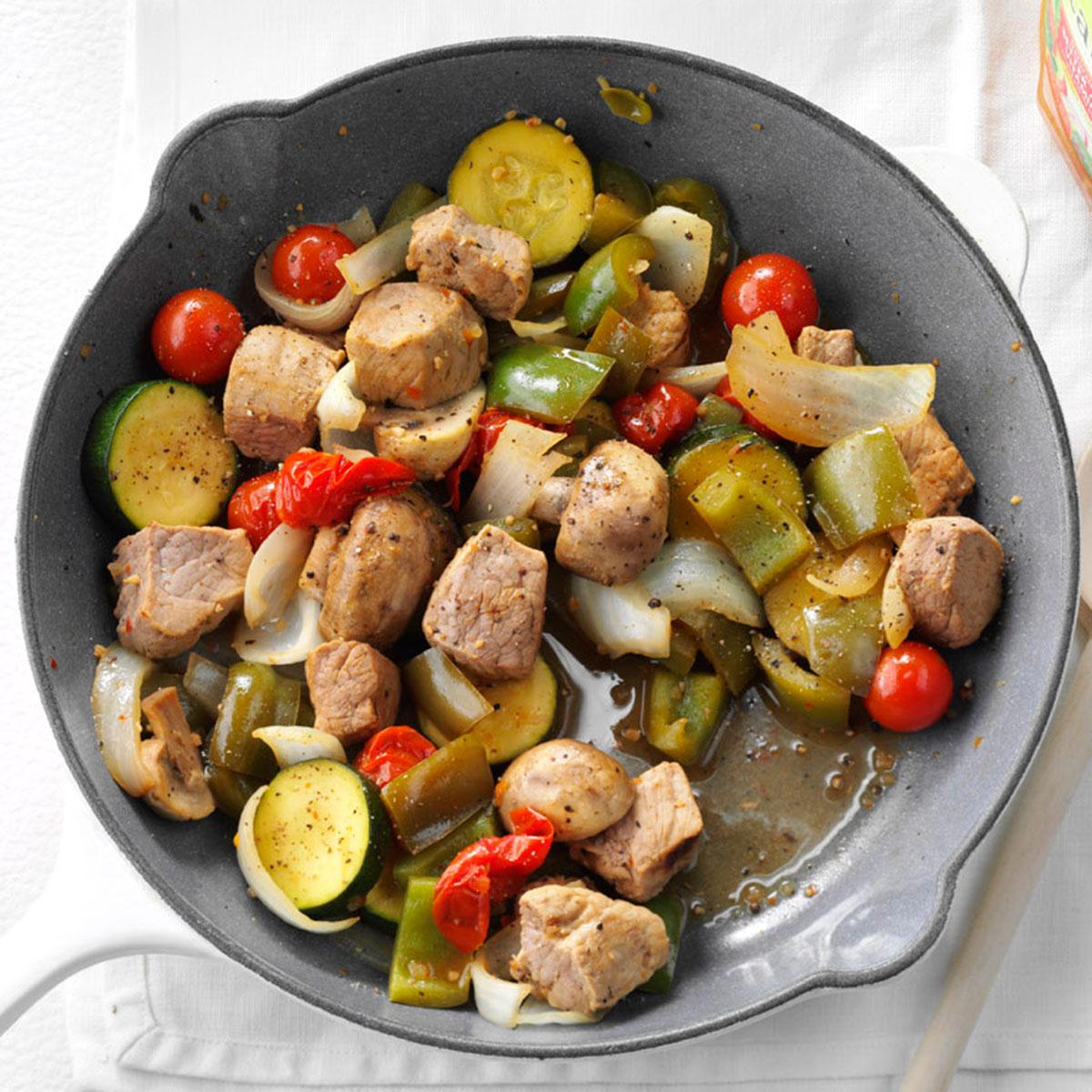
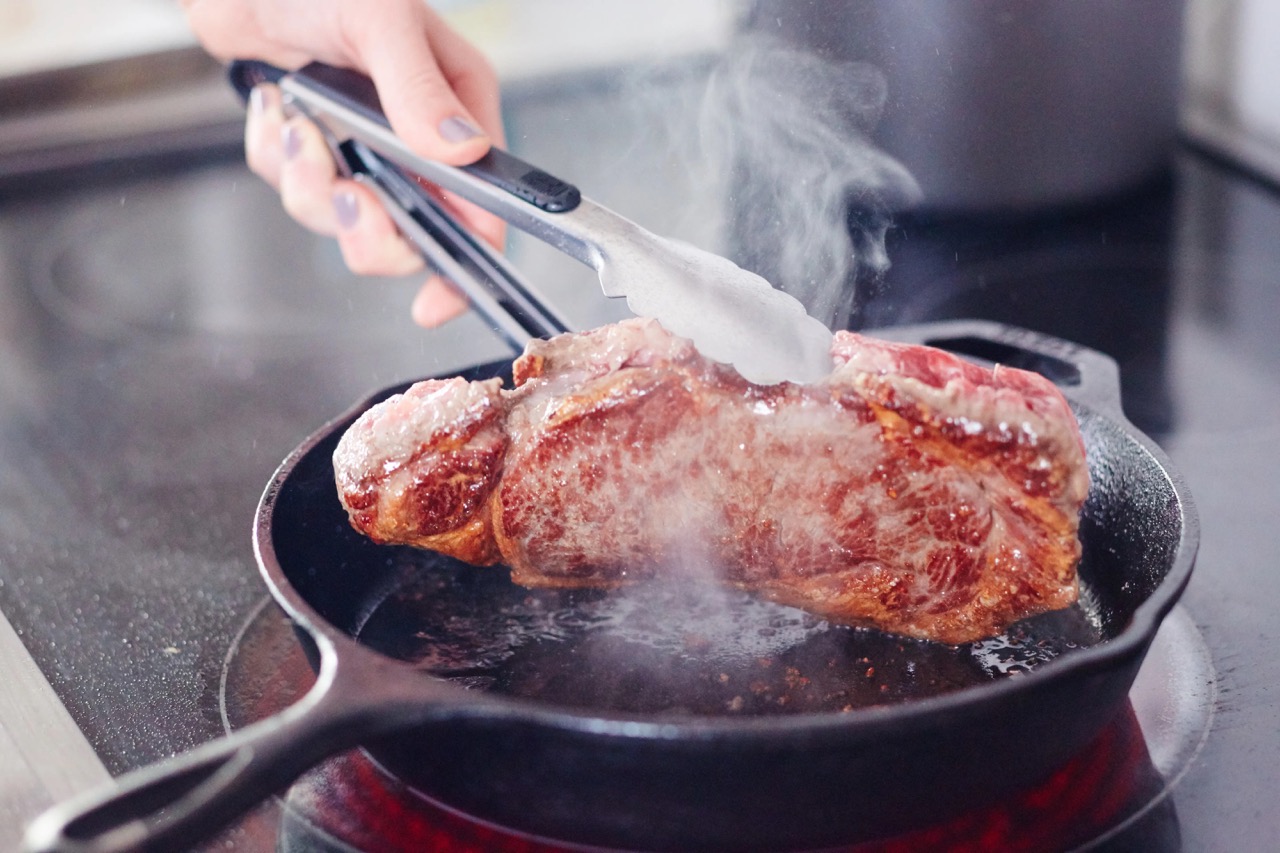
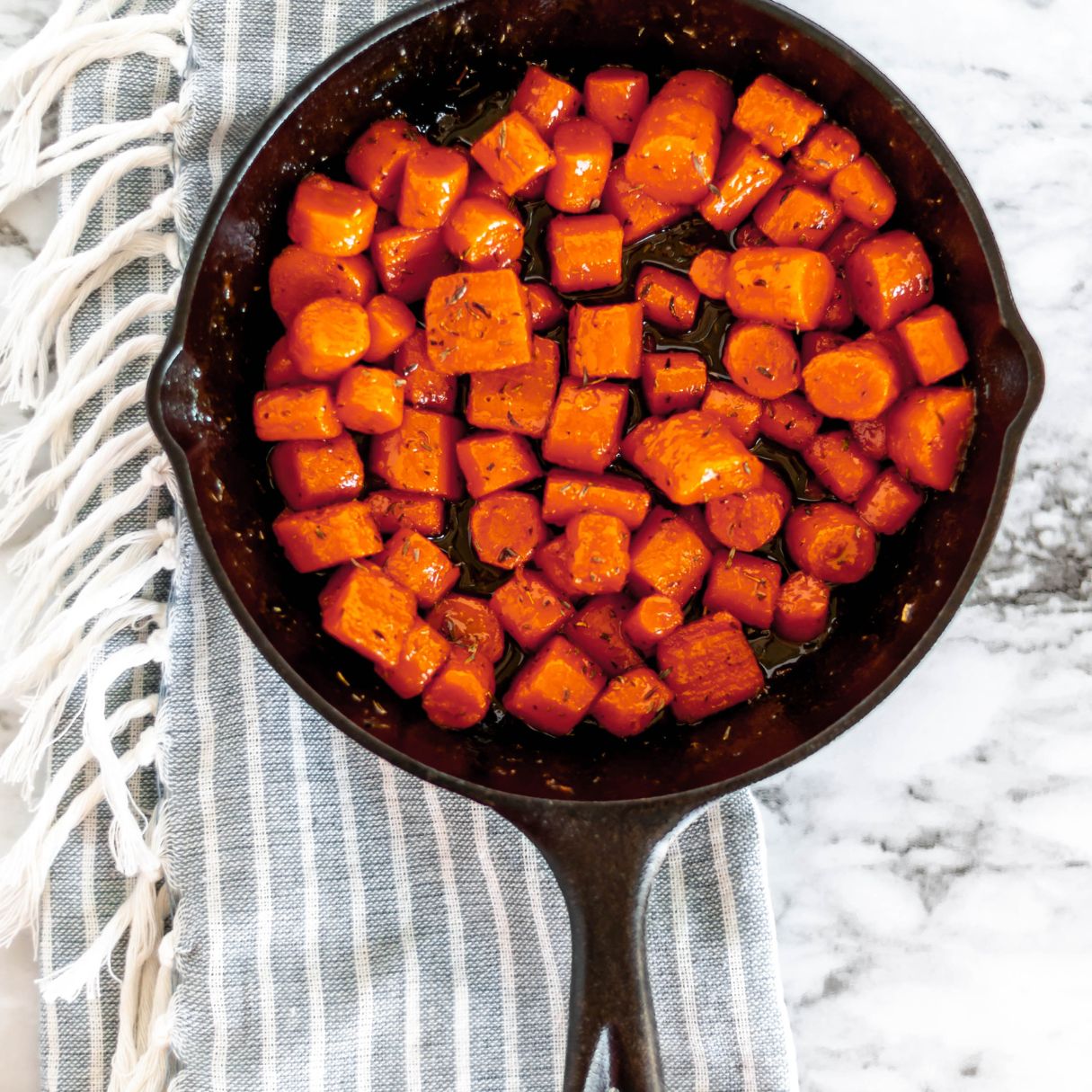
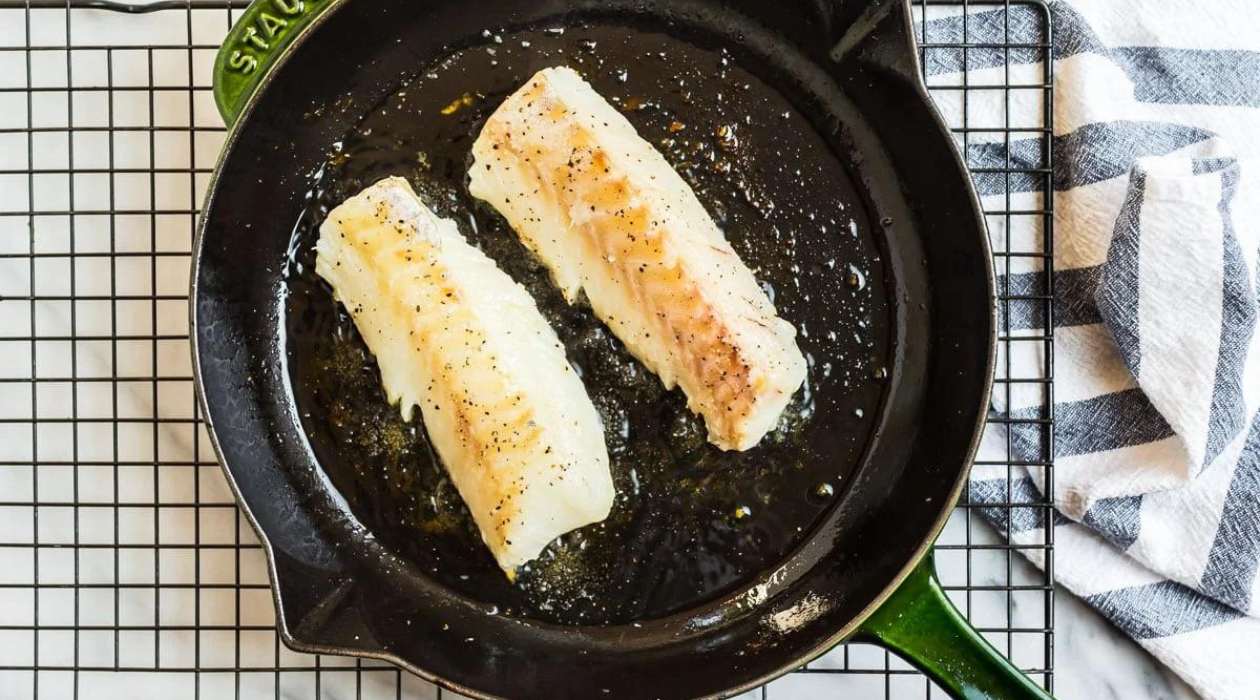
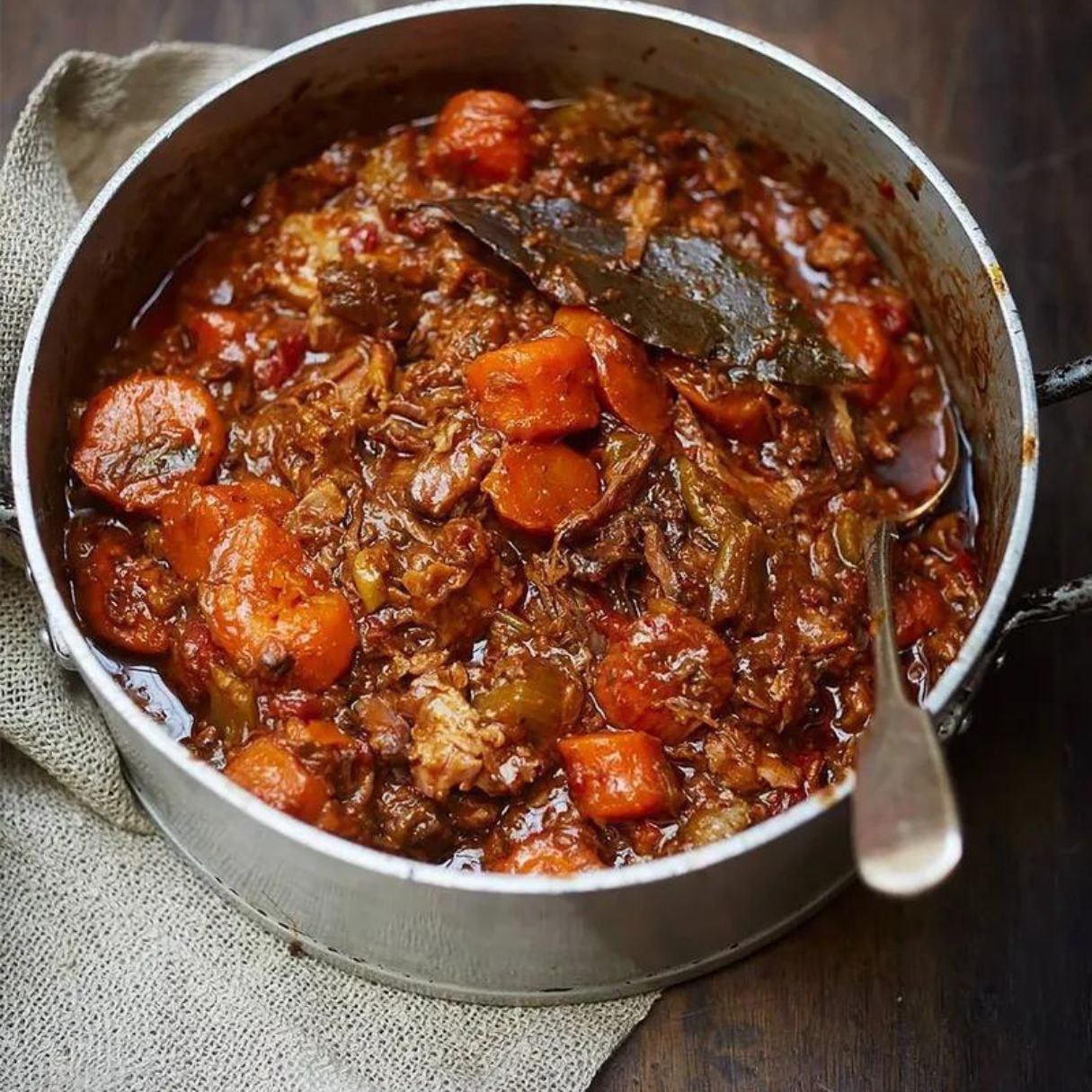
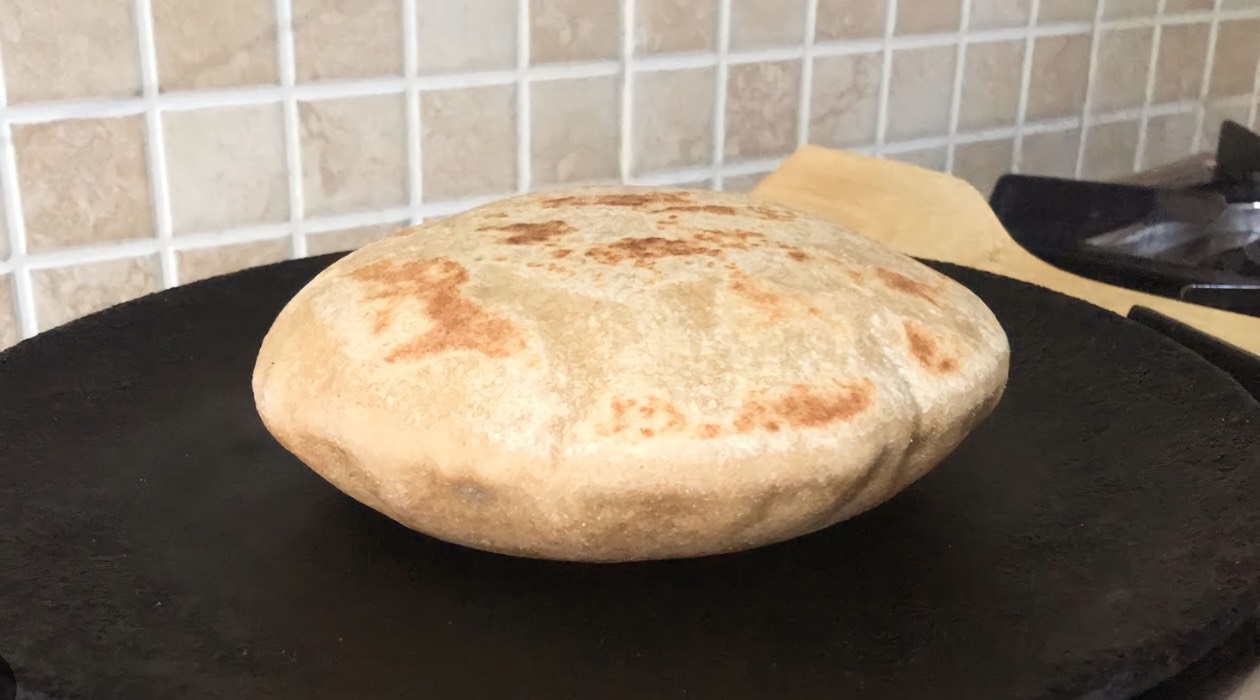
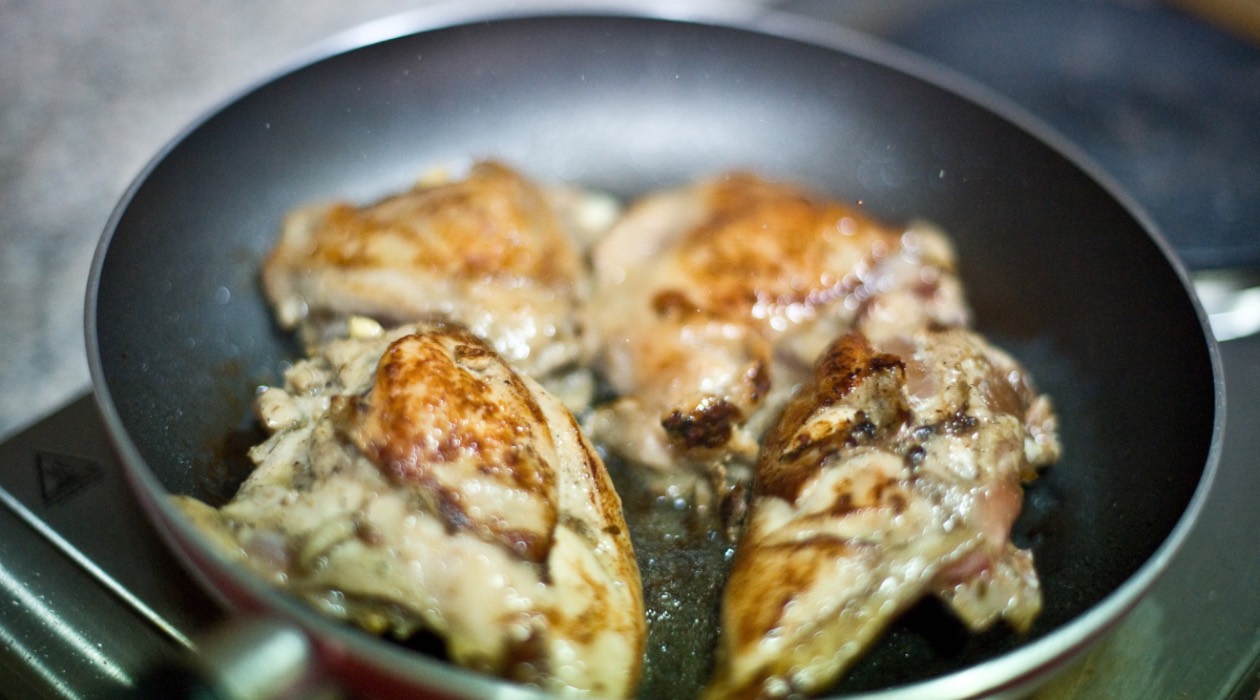
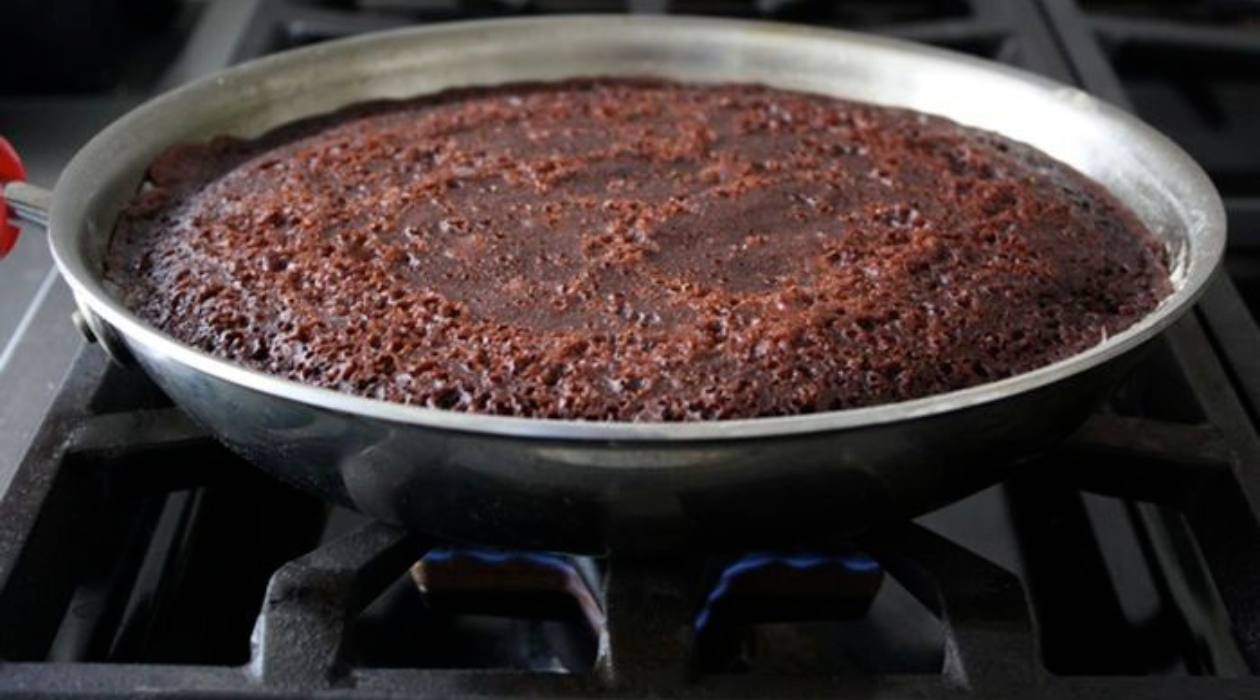

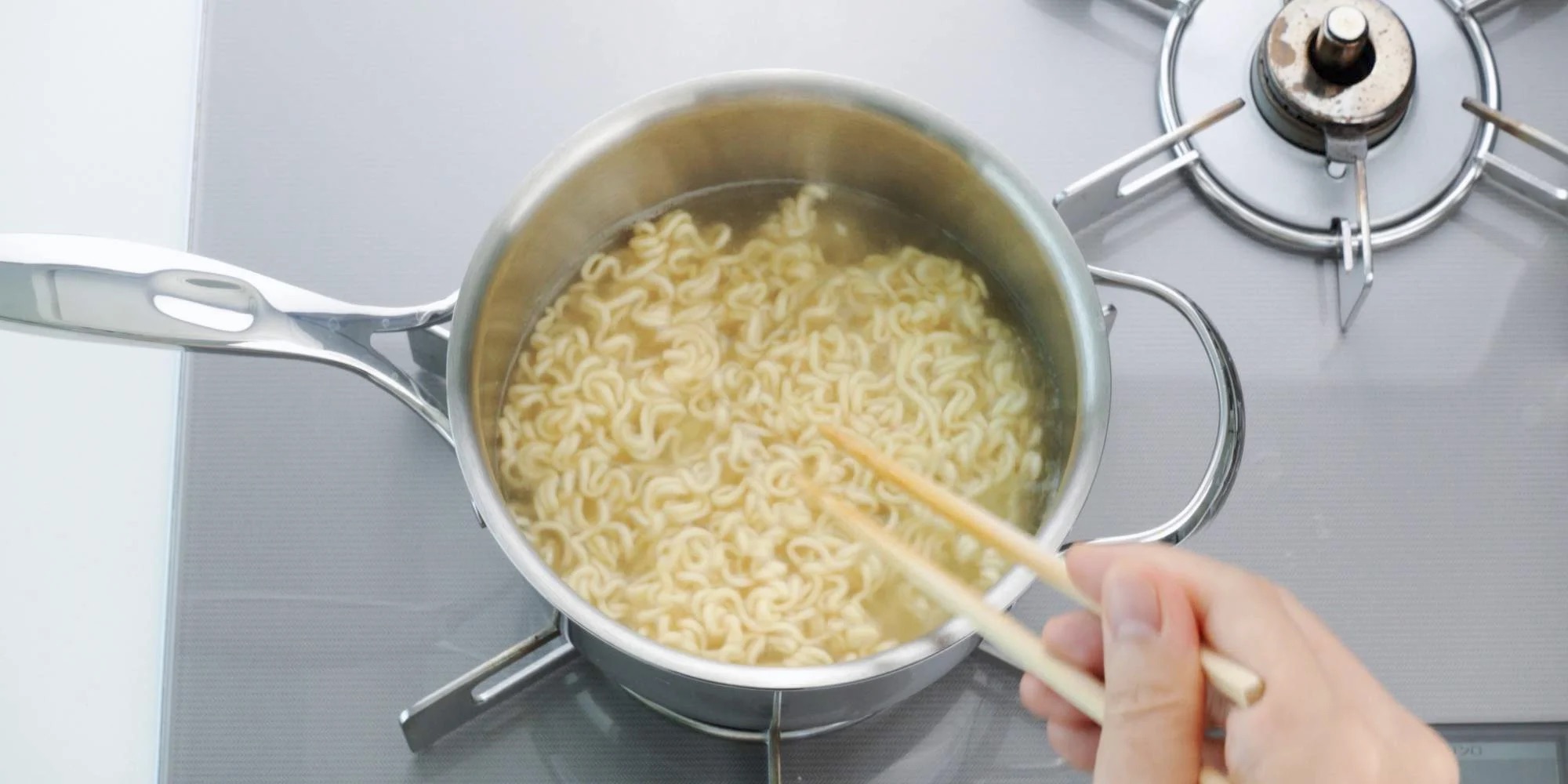
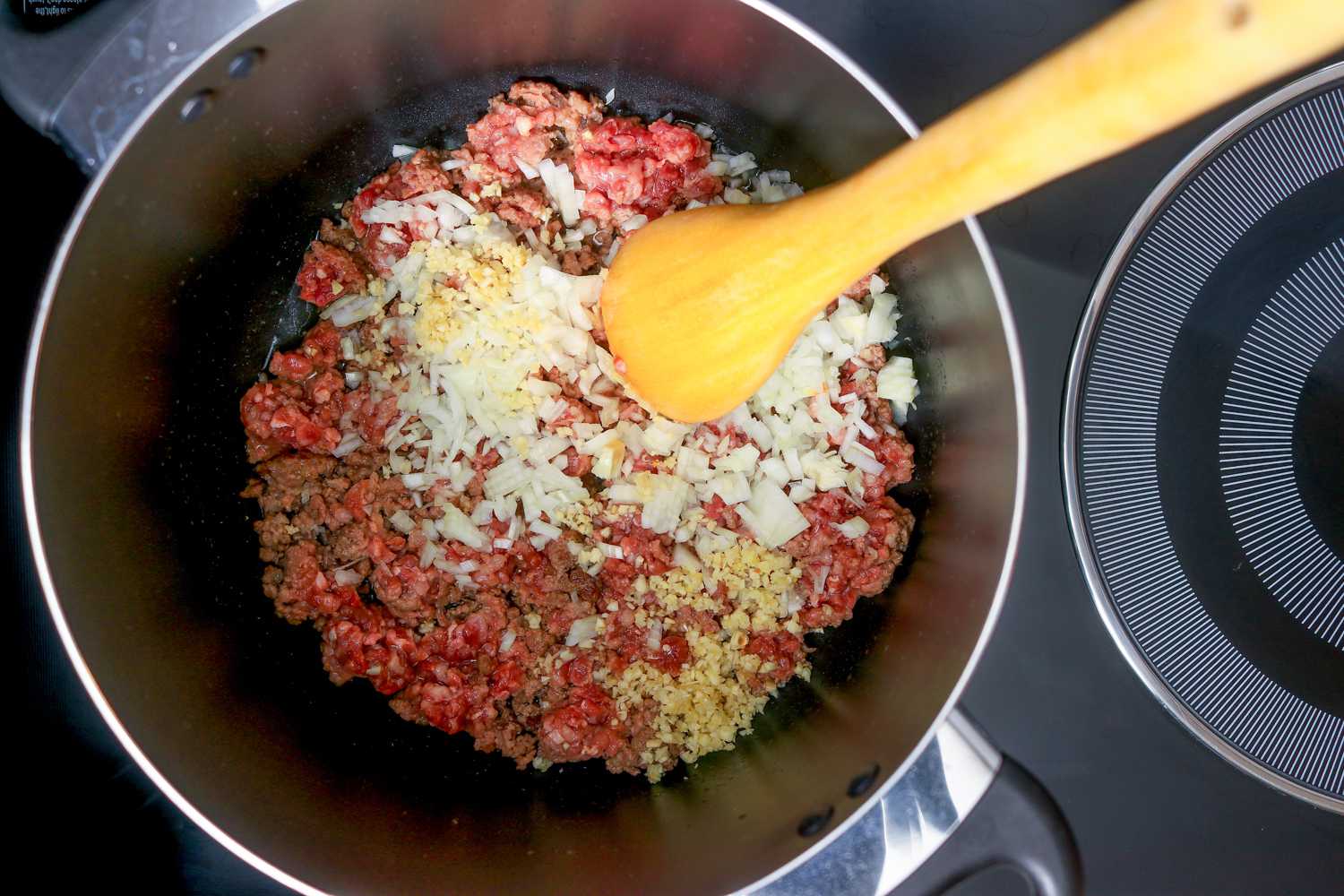
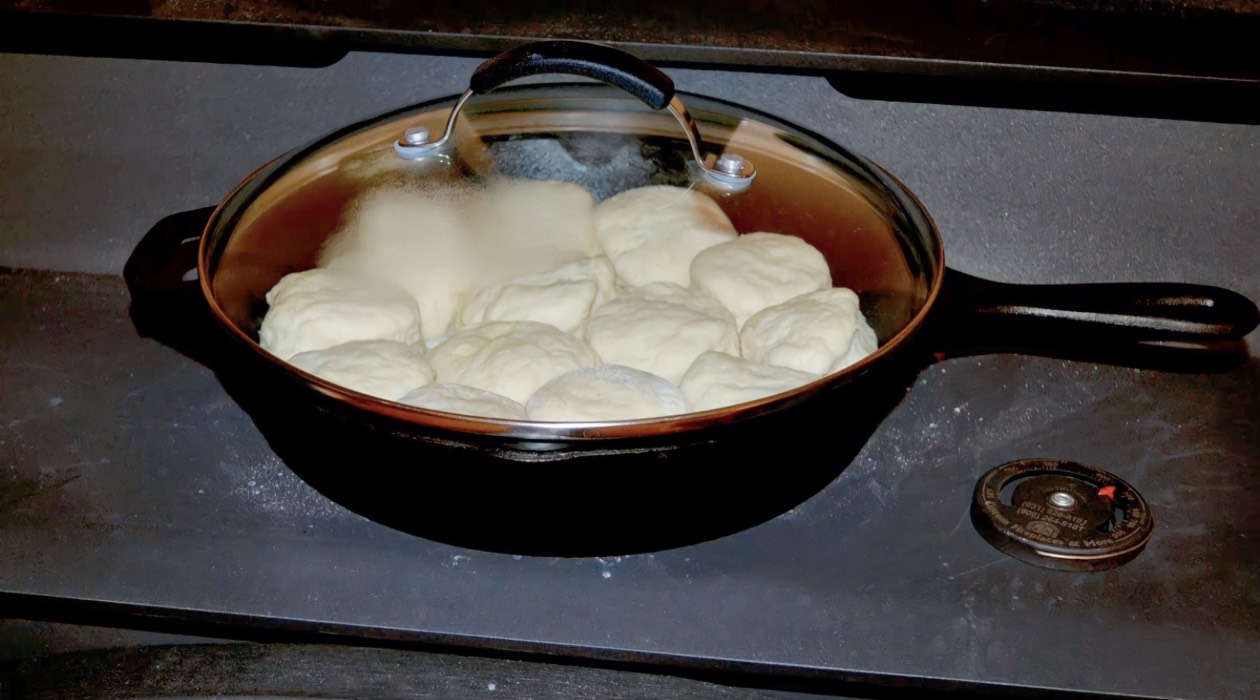
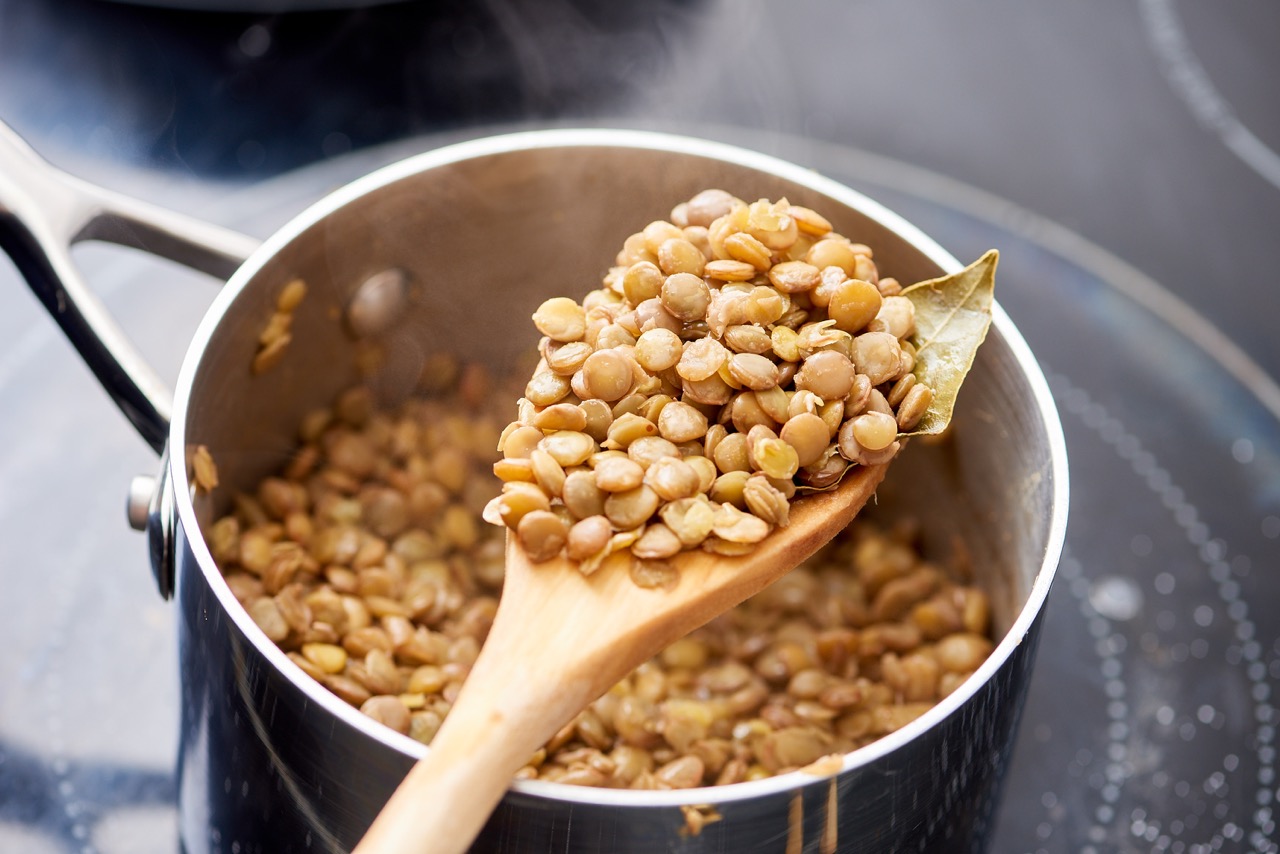
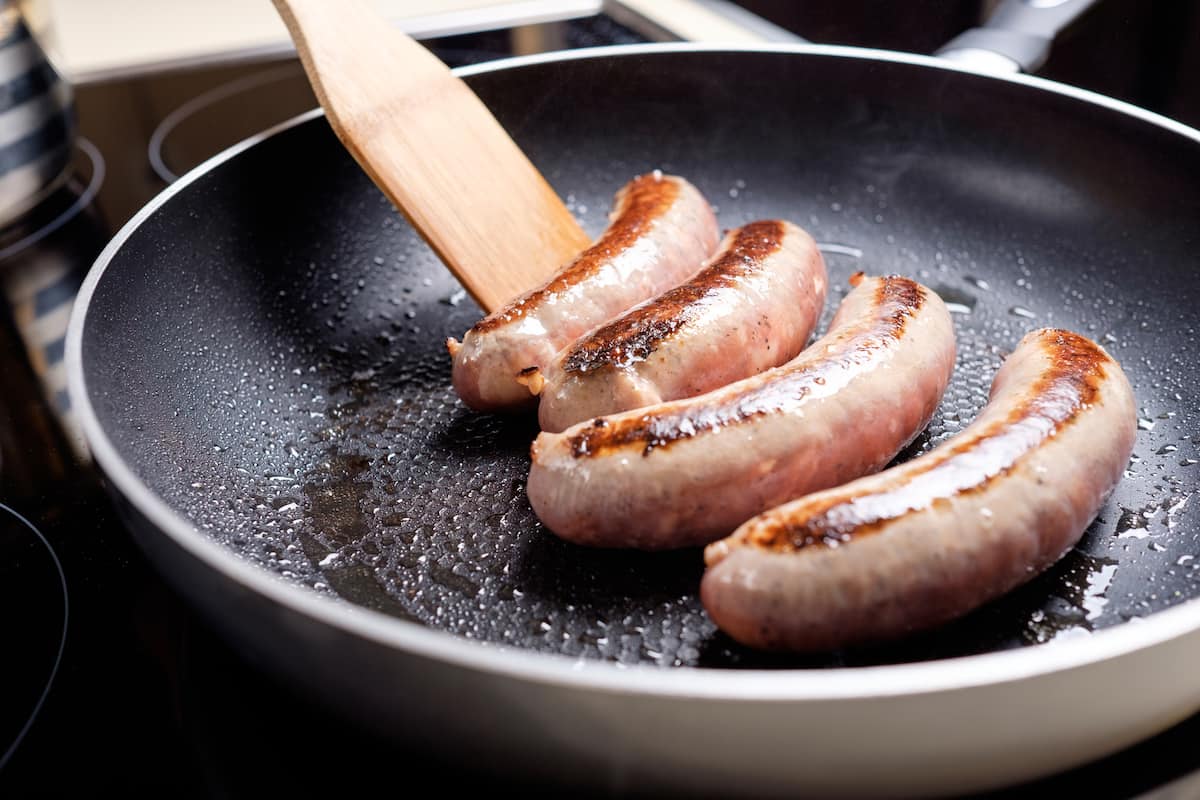

0 thoughts on “How To Cook Sausage On Stove Top”